Sharing is caring!
If you don’t or can’t do a dedicated poetry unit can/should you still do poetry?
The answer is yes! A loud, resounding YES!
I love poetry and I use poetry creation activities in everyday ELA lessons all the time to introduce or complement other units in my English courses.
Keep reading for three easy-to-implement options for poetry creation in your ELA classroom!
Learn more about using poetry creation as a stepping stone to poetry analysis in this blog post.
Boil It Down Poetry Activity
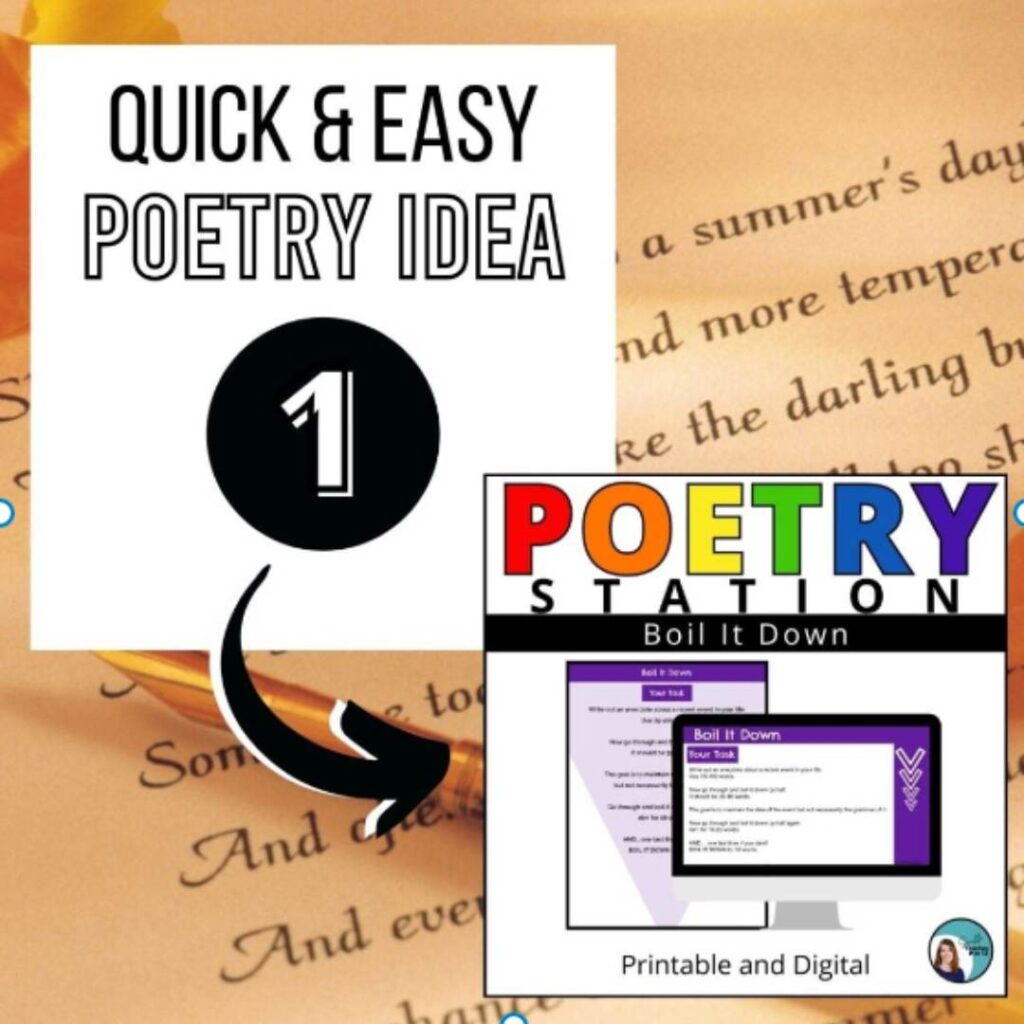
This a great minds on or practice activity for summary writing.
You can do this in one of two ways:
- Provide students with a passage of 75-100 words from a news article or even a work of fiction and have them go through and cut out the words that don’t matter. They eventually whittle the passage down to 10-15 words that summarize the text. For this warm-up I don’t worry about creating a perfectly grammatical summary; instead, the focus is on picking out the big idea and using as little to share that idea as possible.
- This can also work as a great reverse use activity. Have students share their boil it down poems about a particular article or story with their classmates and have them discuss or respond in written form about what it’s all about.
In my classroom I’ve done this with articles that relate to the main text we may be studying and include 2-3 different texts for students to work with. In this way you can mix and match students so they’re exposed to a different article through their classmates’ boil it down poem. Plus I have found this works wonders for accountability!
You can find this ready-made poetry activity here.
Phone Number Selfie Poem
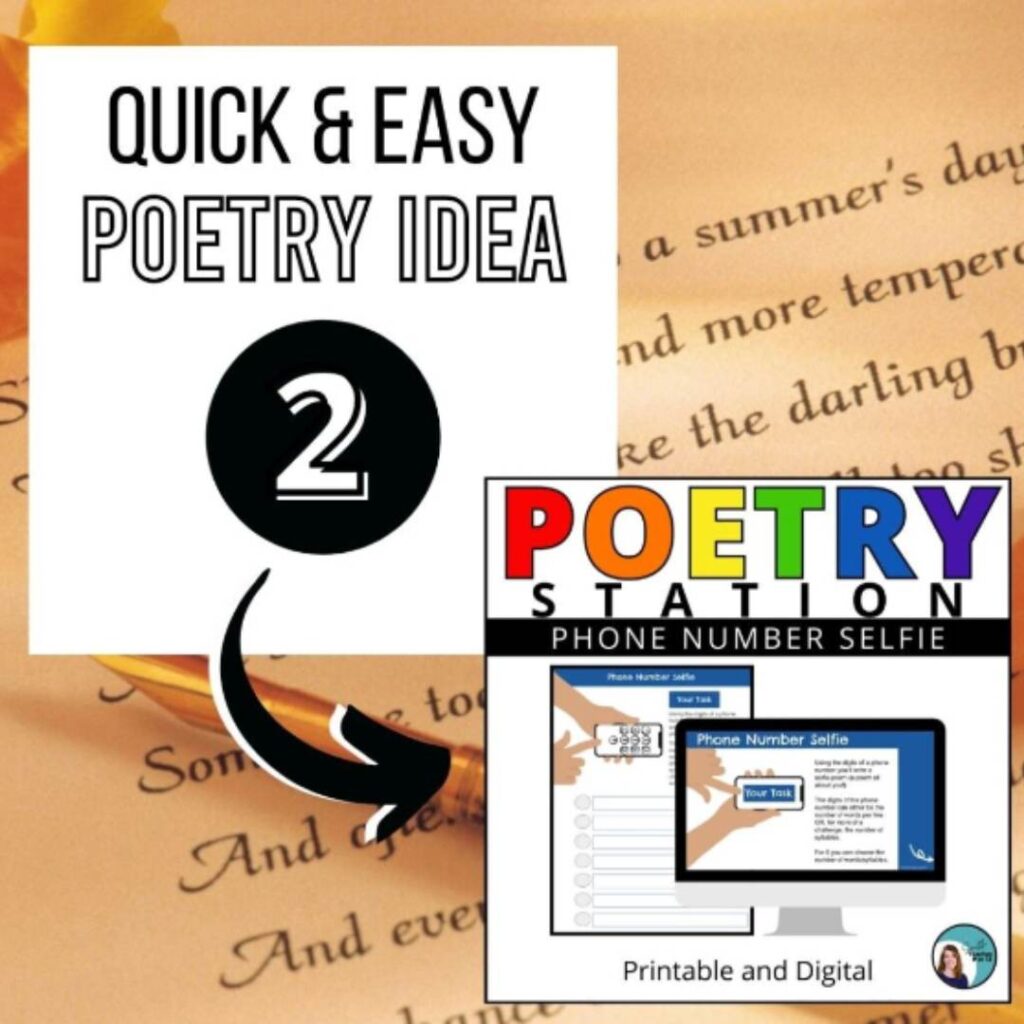
This is an awesome option for a character sketch activity to tie into your short story or novel study unit!
Students create a phone number for their character and then describe the character in poem form.
The phone numbers are then used either for the number of words or syllables per line.
Students draw on direct and indirect characterization in order to create a character sketch that is a little bit different.
It provides a poetry challenge but one with strict parameters to help those who may struggle with the idea of writing poetry.
This can also be a great back-to-school introduction activity where students use their own phone number to create their own ‘selfie’ to share who they are with you and their classmates.
You can find this ready-made activity here.
And read more about ways to include poetry in your next novel study.
Conversation Poem
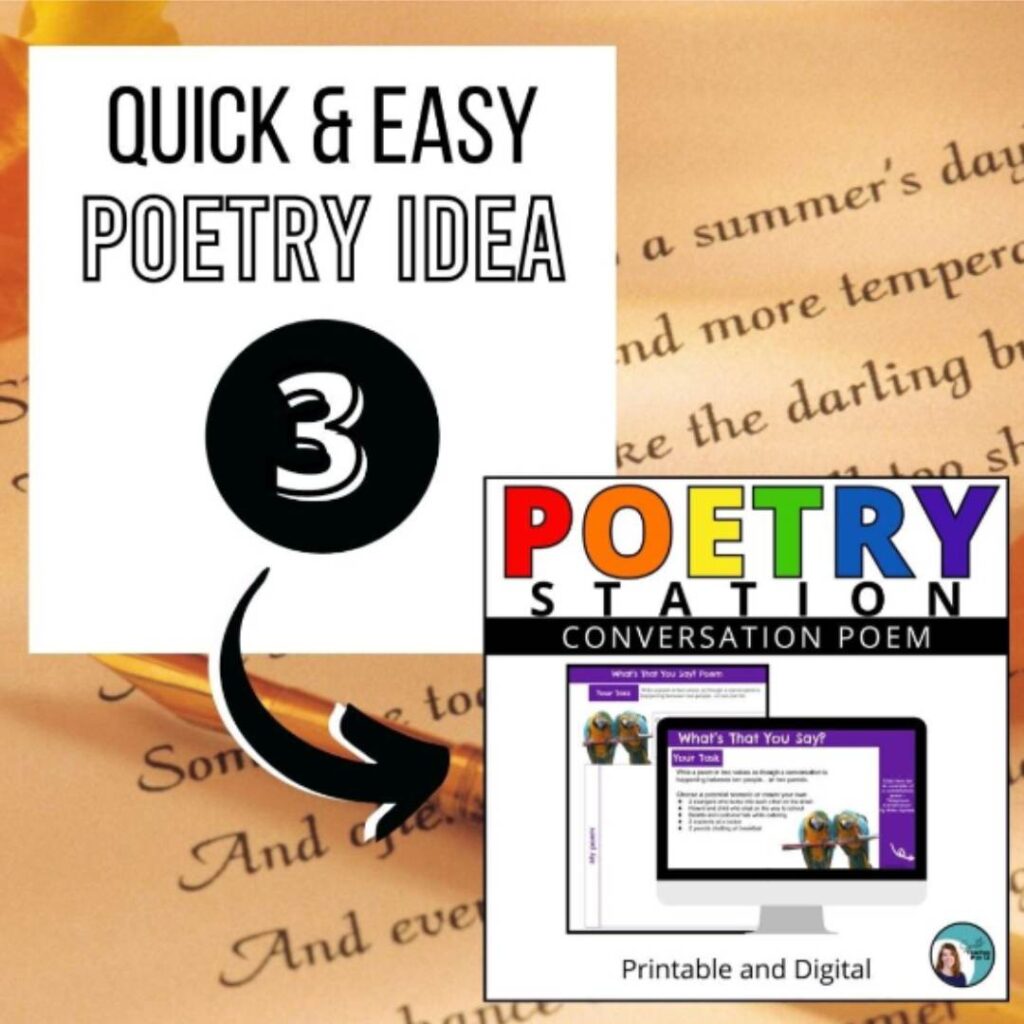
I use this style in senior English to explore characters within and between texts. We first read Wole Soyinka’s poem “Telephone Conversation” and discuss what’s happening in the poem and how the poem is able to convey meaning.
We then transfer the form to use within a novel study activity.
- What if Margaret Atwood’s Offred from The Handmaid’s Tale spoke to her past self even more than the snippets in the novel, what would she say? This works to get students thinking about the character more deeply and reflectively.
- Another time I had students explore the concept of othering or the creation of the “other” in literary theory by writing a conversation poem focused on what Offred would say to the Creature in Mary Shelley’s Frankenstein. Rather than asking students to tell me about “othering” or the creation of the “Other” in a paragraph or more formal writing response they used two familiar texts to write a poem. Critical and creative thinking at work. (Read more about creation of the “other” here on this wiki page.)
You can find this ready-made activity here.
There really are so many options for poetry creation to use in everyday English classes in middle school and high school alike. Use poetry to deepen analysis skills, infuse creative writing, and explore language in general (great for vocabulary development and reinforcement at any grade).
Looking for these individual poetry creation activities to incorporate into your units?
Check them out along with different bundles of activities in my TpT store.
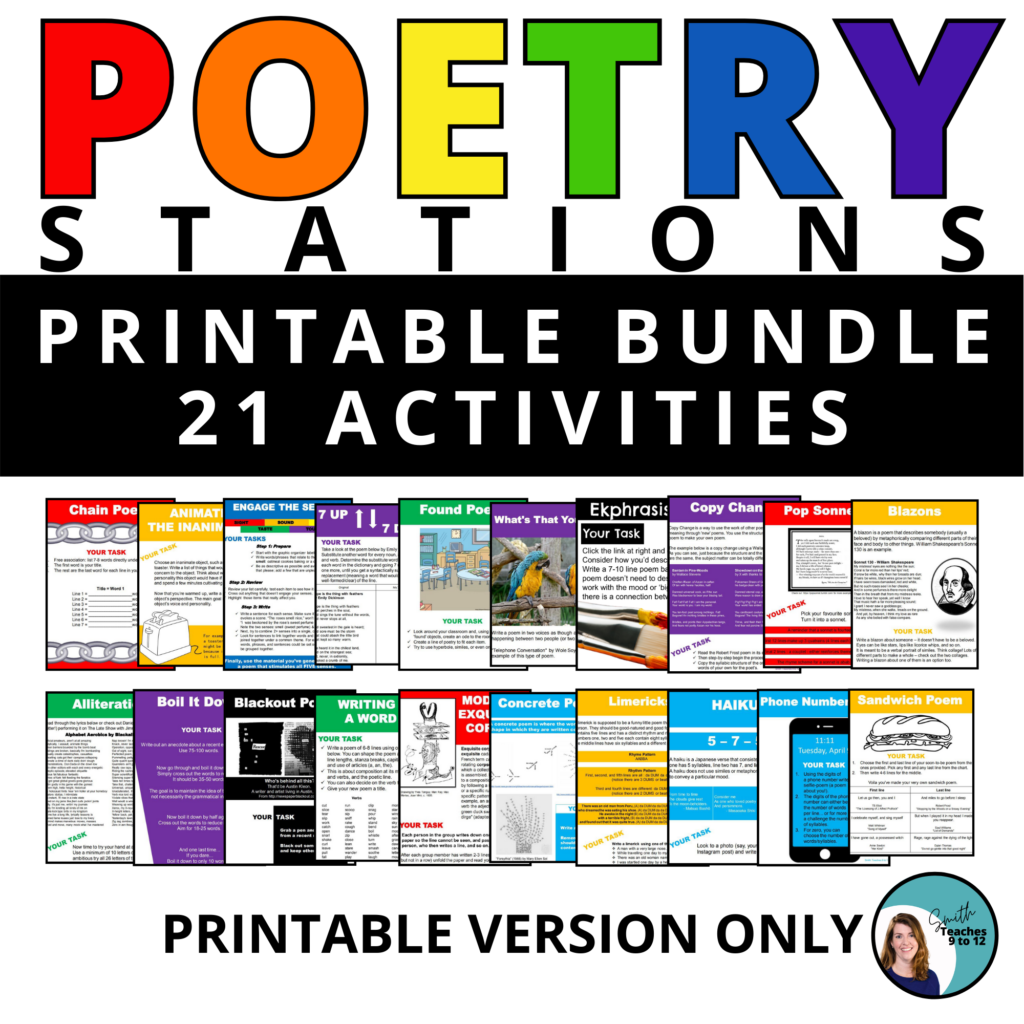
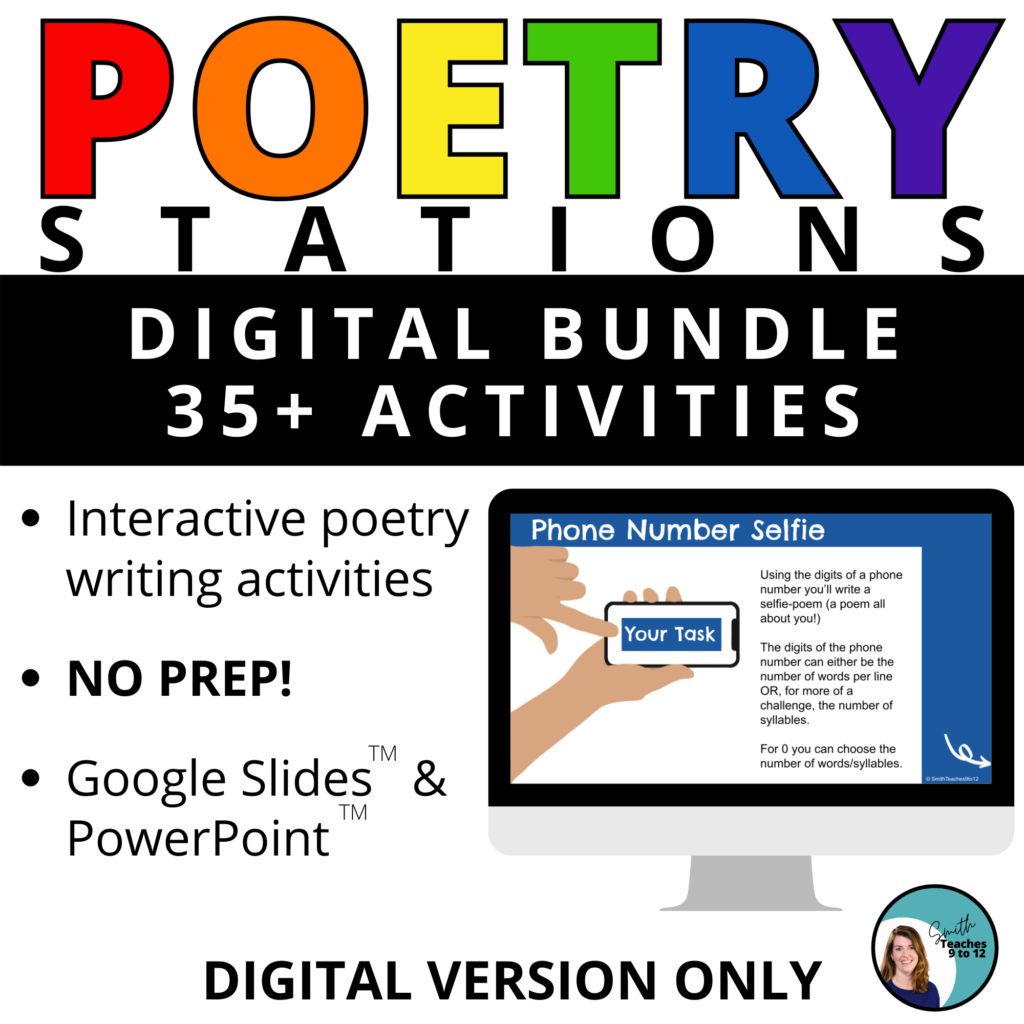
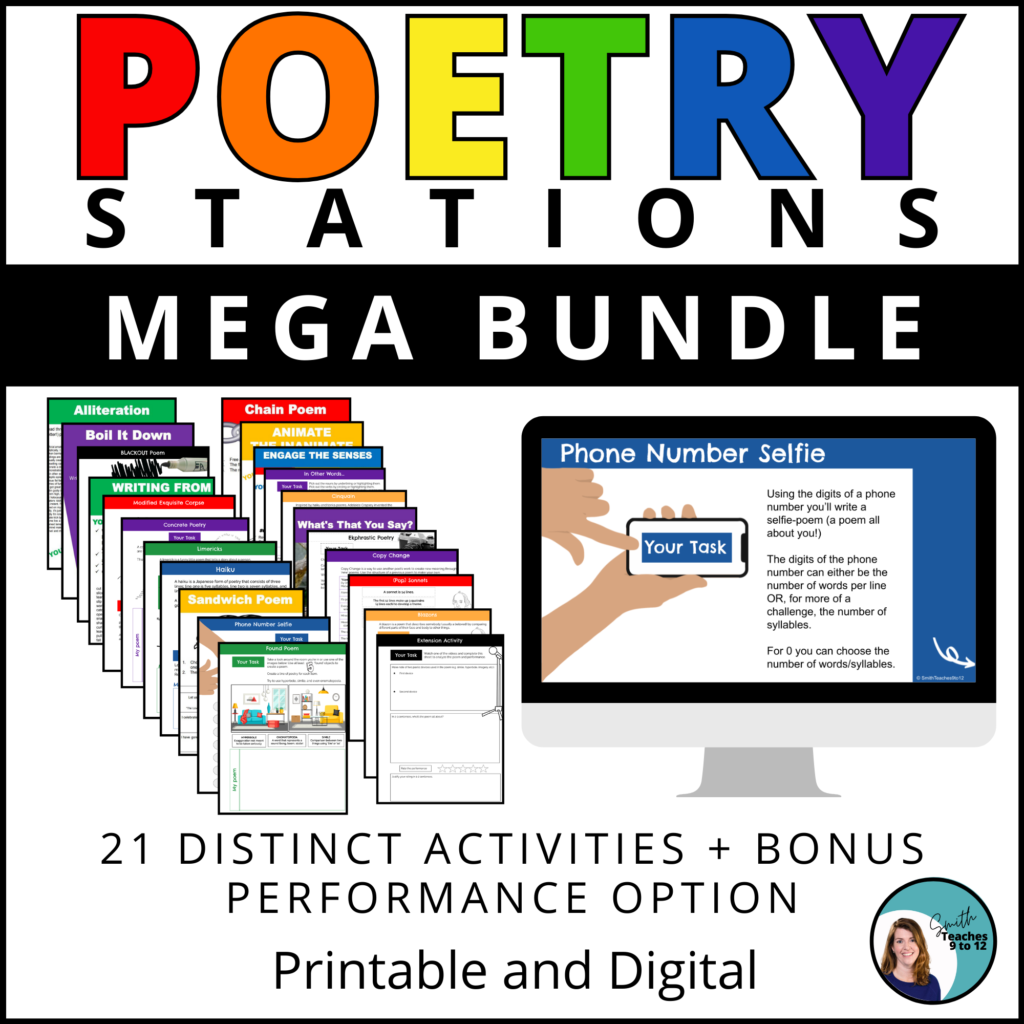
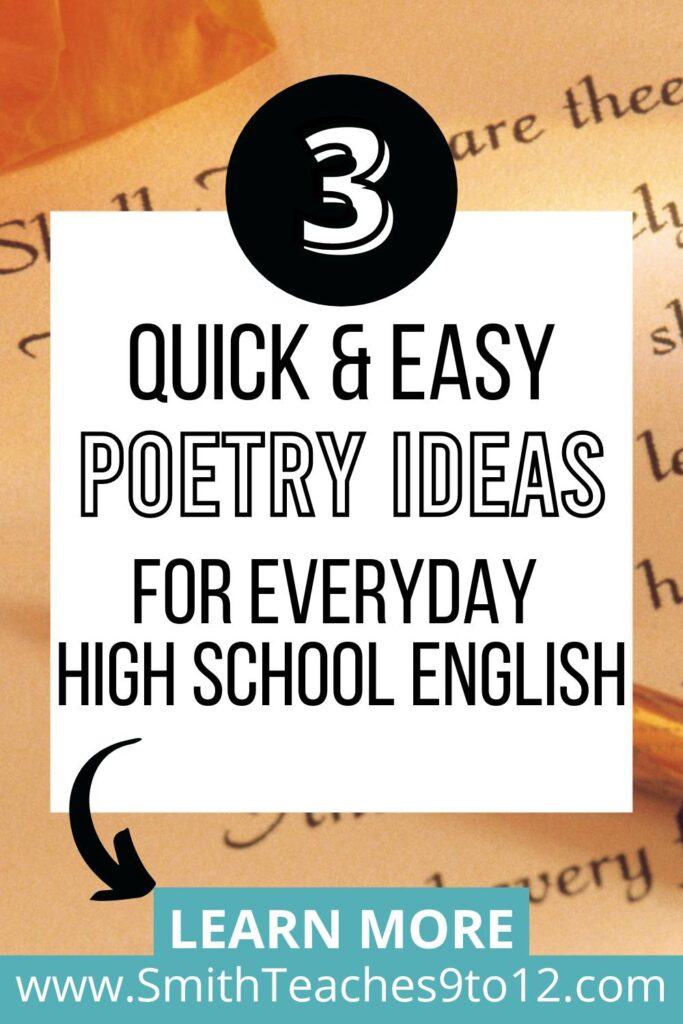

Related Posts:

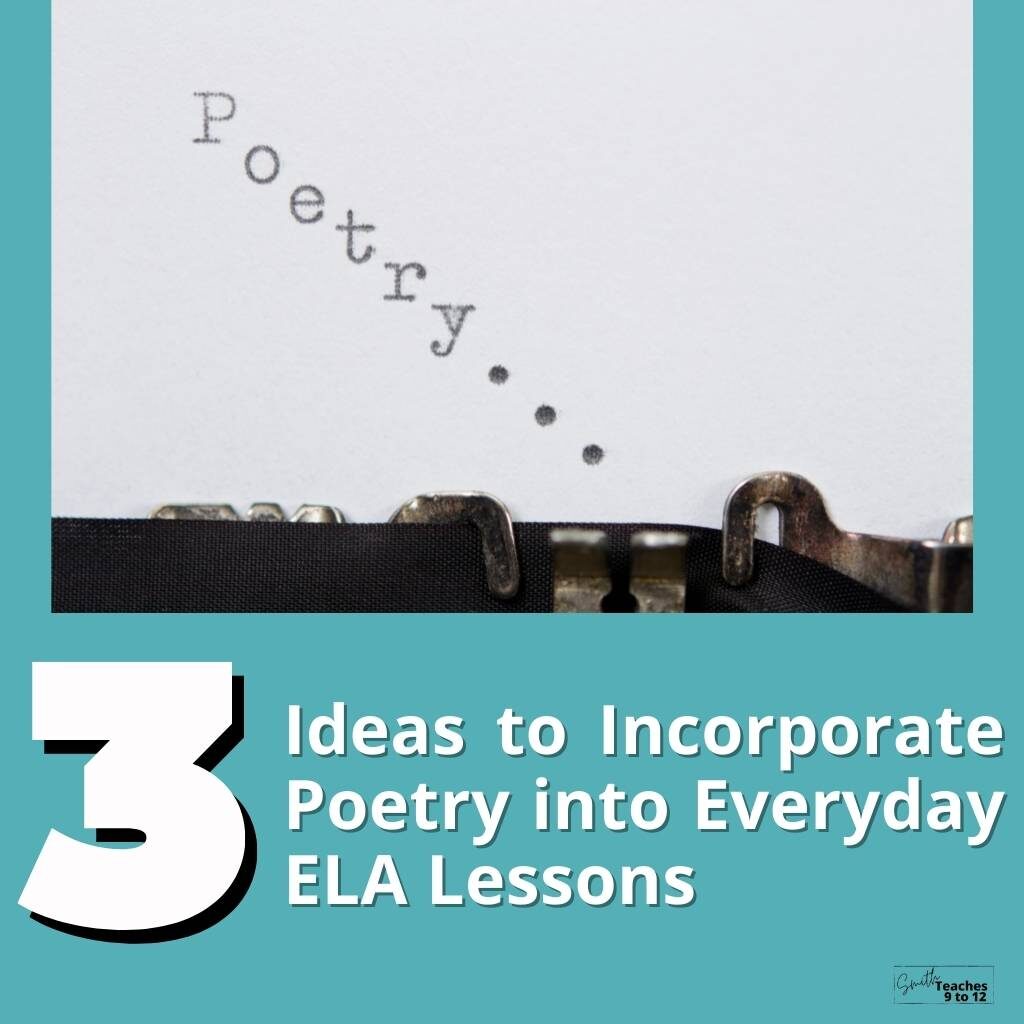
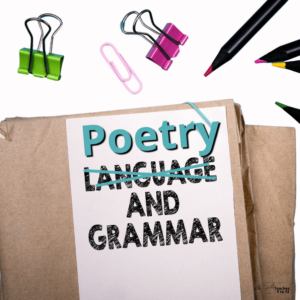
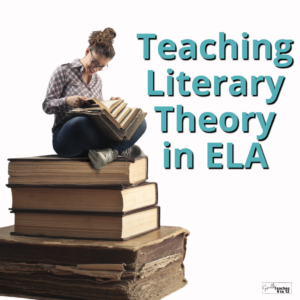
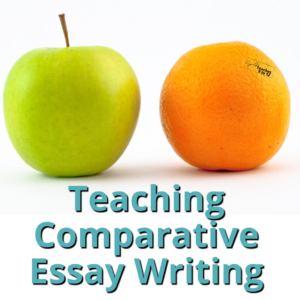
One Response